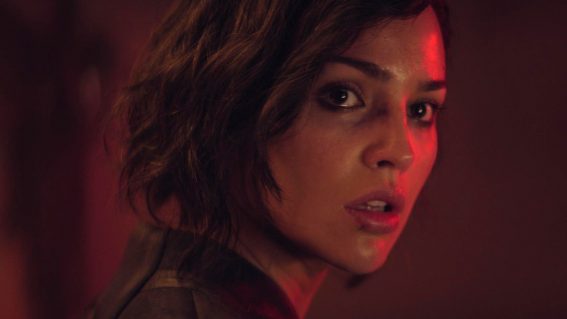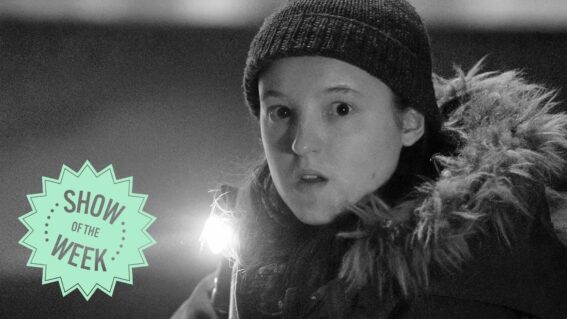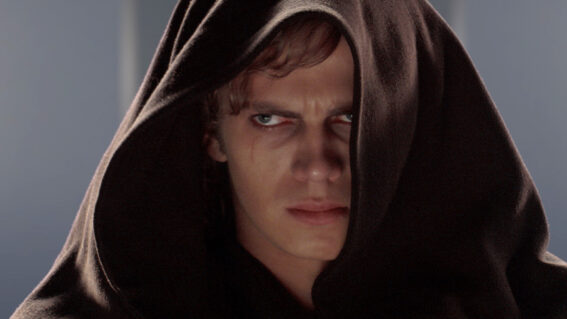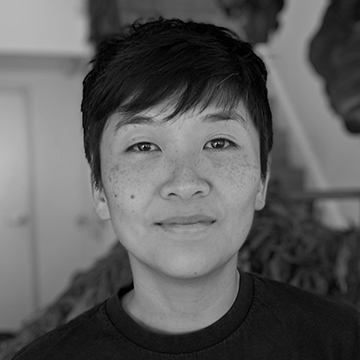‘The King and the Mockingbird’ – The Gem Studio Ghibli Never Made

Playing this May in New Zealand as part of Autumn Events, the lovely folk running the NZIFF offered my hungry eyes a screener for director Paul Grimault’s French animated fable The King and the Mockingbird. As tempting as the offer was, I had to decline – I need to experience this on the big screen.
Grimault’s fantasy fable isn’t widely known, but it’s a massively important film in the world of animation. The story takes from Hans Christian Andersen’s classic fairy tale about a tyrannical king who lusts over a young woman in a painting. She comes to life and falls for a chimney sweep in another painting. With the help of a mockingbird, the couple have to escape the king’s colossal castle before he has the chance to seize them.
(Andersen’s works include the short The Steadfast Tin Soldier, which was also adapted to animation in Disney’s Fantasia 2000.)
Beginning production in 1947 under the name The Shepherdess and the Chimneysweep, Grimault’s feature took over 30 years to complete… technically. Untechnically, it released much earlier when producer André Sarrut put out an unfinished version in 1952 against the wishes of Grimault and Oscar-nominated screenwriter Jacques Prévert. I’m sure the pair were mightily pissed, though I have no references to support that claim.
Grimault would spend the next few decades in an arduous battle for rights and money in order to see his version truly completed. He reopened that gate in 1977, spent two years refining and reanimating, then released his child to the world in 1980. In an effort to really let people know this wasn’t Sarrut’s film, they changed the name to The King and the Mockingbird.
In its own unintentional way, being stuck in a 30-year-long time capsule most likely helped the film become so distinctive and memorable. Mockingbird breathed life back into a number of older cinematic designs, most distinctive being the architecture on display. The stark, looming, piled-on buildings with their crammed-in spaces and plentiful arches are on par with the likes of 1927’s Metropolis.
Seriously, it’s Fritz Lang as fuck.

A single background shot could portray a tremendous sense of enormity. It’s an impression that stuck with two storytelling giants from Studio Ghibli. Isao Takahata (Grave of the Fireflies, The Tale of the Princess Kaguya) stated, “If I had not seen this film, I would have never imagined entering the world of animation.”
Hayao Miyazaki also holds Grimault’s feature to high regard, and you can see where Mockingbird has Inception-ed its way into numerous Ghibli films. The colossal constructions of Miyazaki’s first film, The Castle of Cagliostro, is the most obvious example. You could also trace the lines of inspiration all the way from Castle in the Sky to Howl’s Moving Castle.
It’s pretty clear that Uncle Miyazaki loves castles, and The King and the Mockingbird is either responsible for that or fed directly into it.

The whimsical feeling of fantasy animation makes it easy to forget the sweat and tears that go into creating these experiences. Sometimes, they don’t even get finished. Legendary animation director Richard Williams (Who Framed Roger Rabbit?) knows this story all too well. His magnum opus, The Thief and the Cobbler, collapsed under the weight of his own ambition. This is all that remains of Williams’ project, though this documentary on his downfall is also incredibly compelling.
To our great fortune, The King and the Mockingbird actually exists in the artist’s intended form. We’re incredibly lucky to have this masterpiece of French animation playing in New Zealand cinemas.
Browse tickets for Auckland, Sunday 14th May at The Civic
Browse tickets for Wellington, Sunday 14th May at The Embassy
Browse tickets for Christchurch, Sunday 14th May at Hoyts Riccarton
Browse tickets for Dunedin, Saturday 22nd May at Regent

















